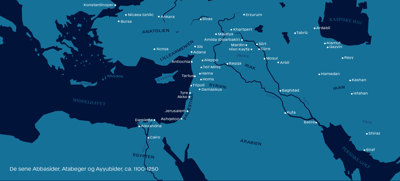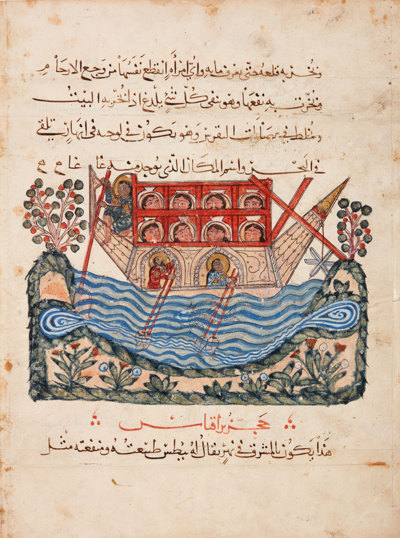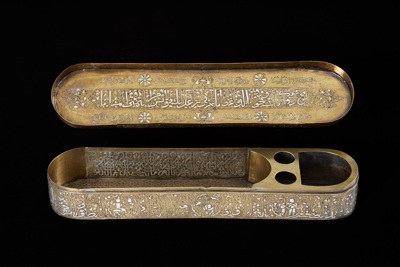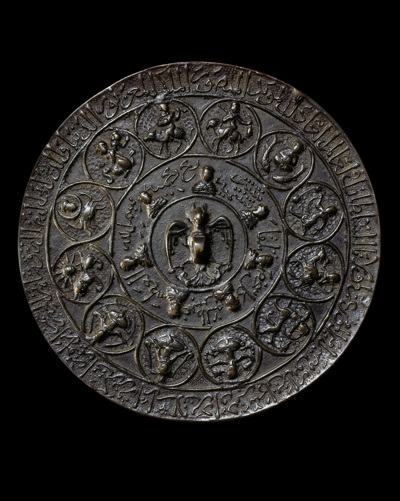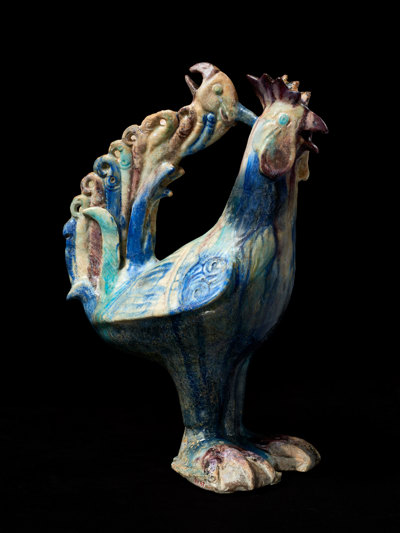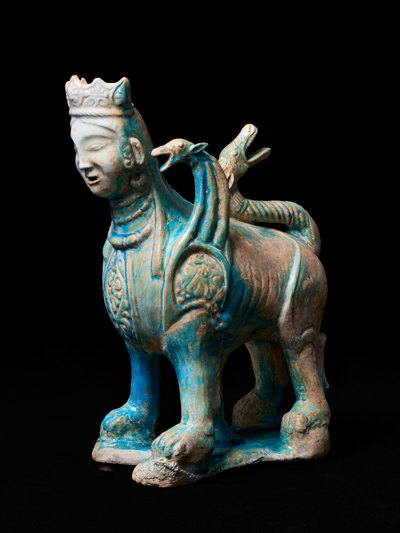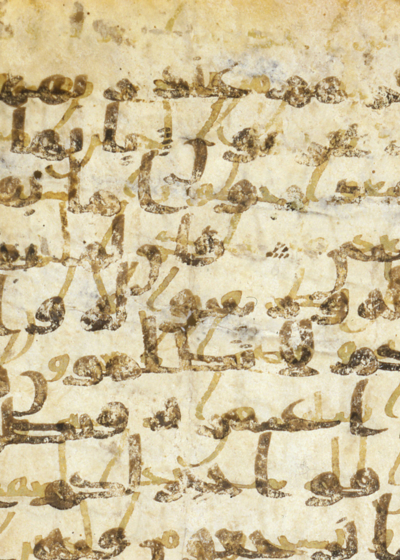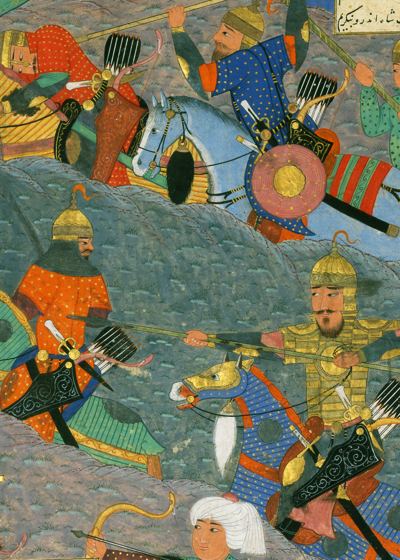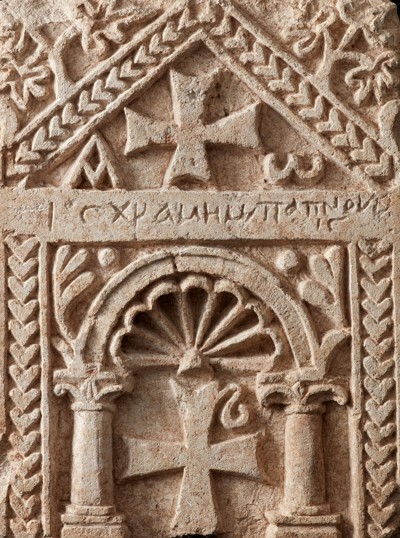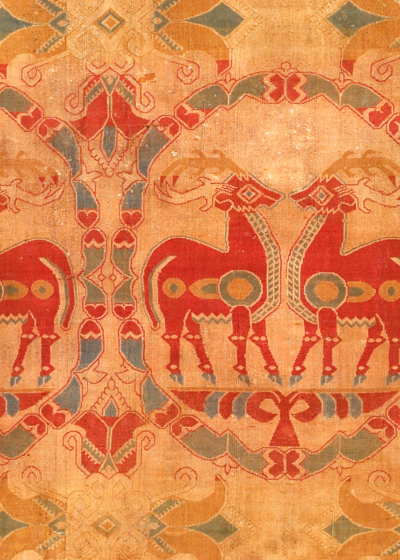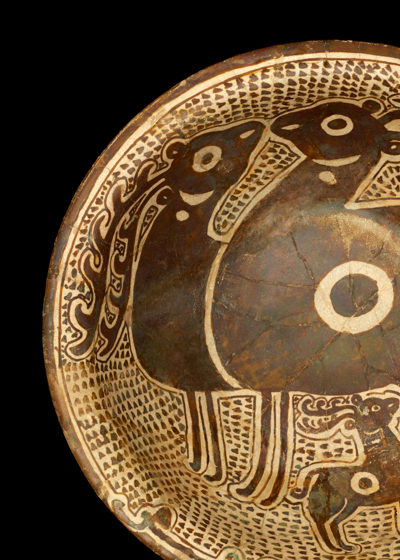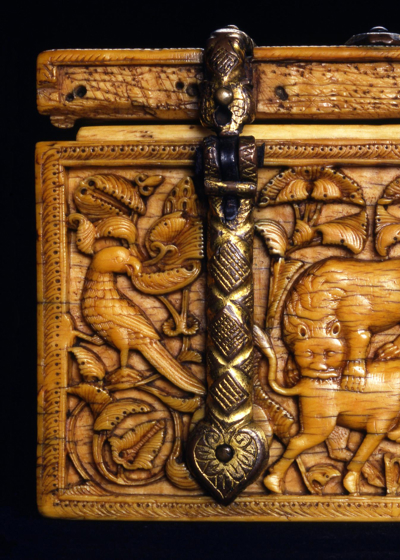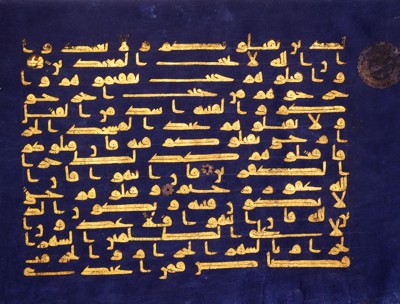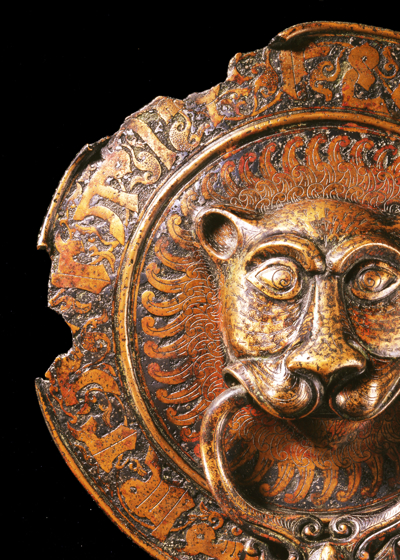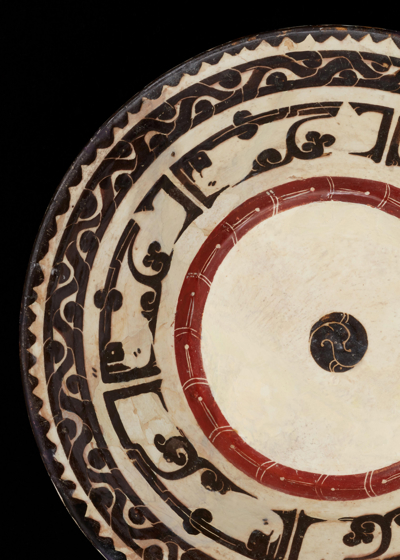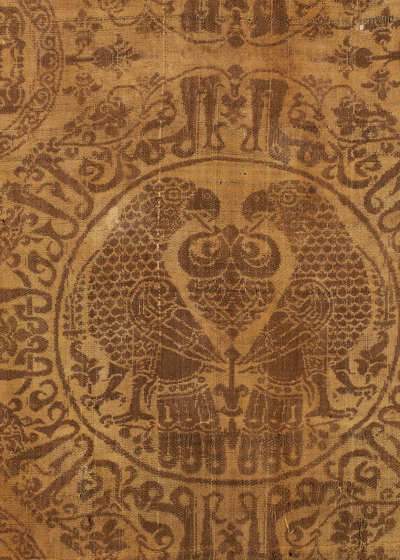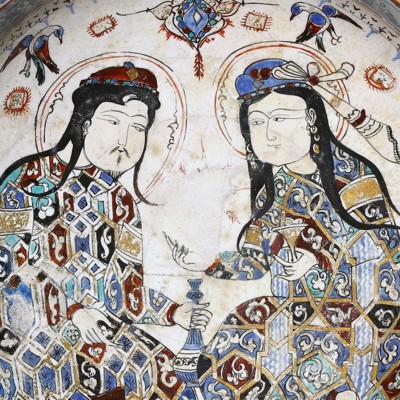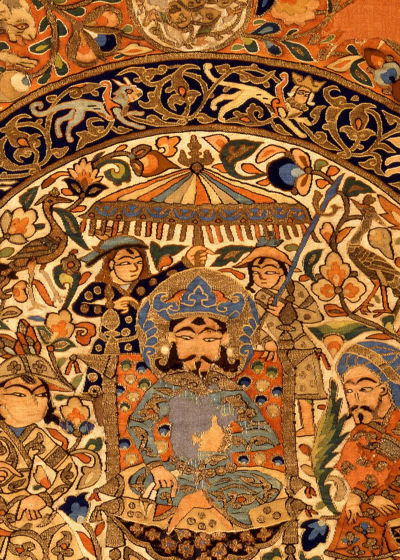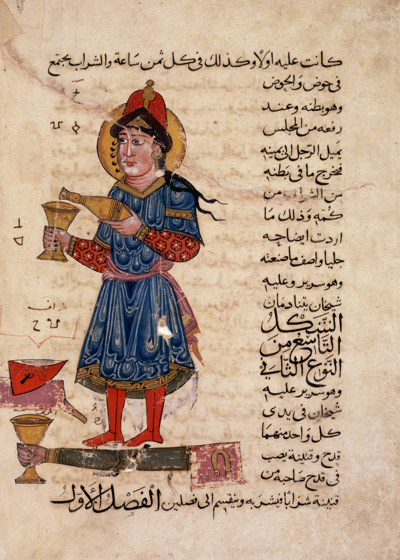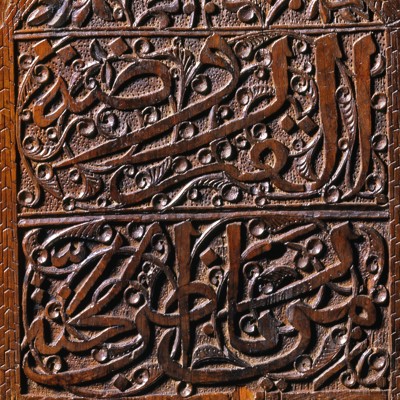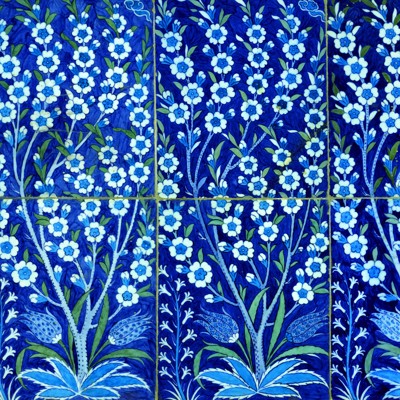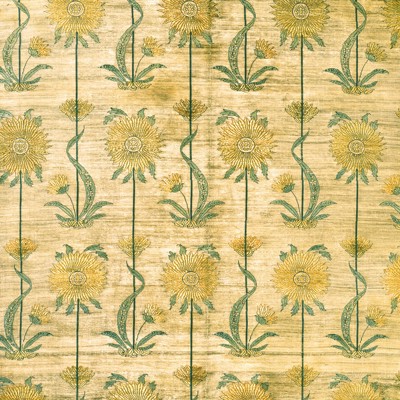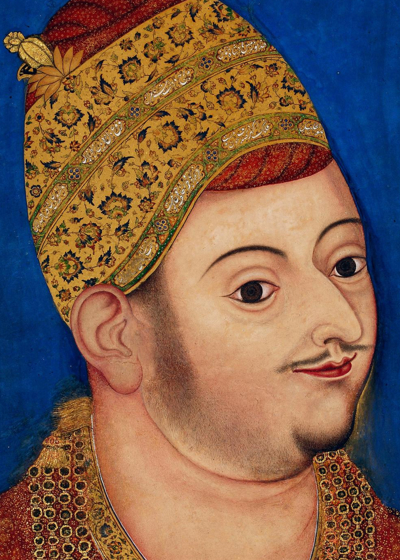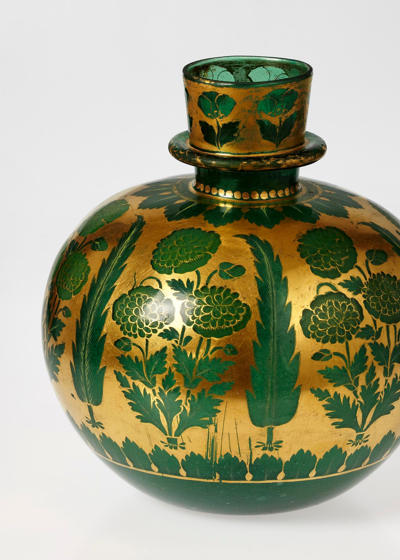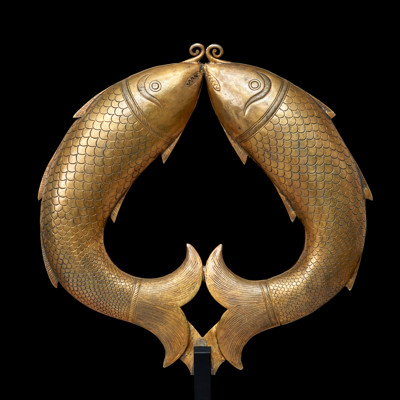De sene Abbasider, Atabeger og Ayyubider
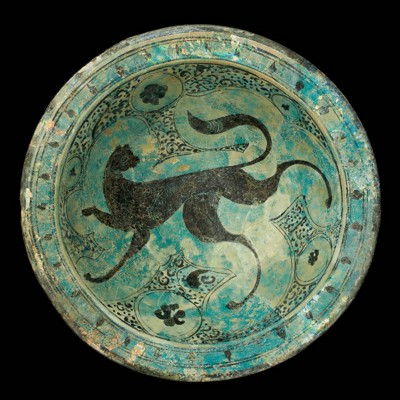
År. C. 1100-1250
I løbet af det 12. århundrede opsplittedes den vestlige del af seljukkernes rige i mindre, selvstændige enheder. I Irak lykkedes det for en kort periode de abbasidiske kaliffer al-Muqtafi og al-Nasir at genvinde tidligere tiders politiske magt, inden Baghdad blev løbet over ende af mongolerne i 1258.
I Jazira, det frugtbare nordlige område mellem Eufrat og Tigris, samt i Syrien opstod en række mindre, relativt kortlivede, selvstændige dynastier: zangiderne, artuqiderne og luluiderne.
De grundlagdes bl.a. af atabeg’er, guvernører, som havde fungeret som formyndere for yngre seljukkiske prinser og regeret på deres vegne. Fra byer som Damaskus, Amida og Mosul indgik disse lokale småfyrster i en kulturelt set meget frugtbar konkurrence. De var politiske modstandere, men førte derudover også ”hellig krig” mod de kristne småstater, der var opstået langs Middelhavet i forbindelse med korstogene.
En afgørende ny magtfaktor i området opstod med ayyubiderne. Salah al-Din (Saladin) var af kurdisk oprindelse og af sunni-muslimsk observans. Som general for zangiderne deltog han i erobringen af Egypten og gjorde en ende på det fatimidiske, shia-muslimske herredømme i 1171. Med basis i Egypten etablerede han derpå et ayyubidisk sultanat, hvorefter han i løbet af kort tid tog kontrol over zangidernes Syrien samt Yemen. Salah al-Din skulle imidlertid i Vesten især blive kendt for at erobre Jerusalem tilbage til muslimerne i 1187, efter 80 år under kristen dominans. Korsfarerne blev drevet tilbage til den syrisk-palæstinensiske kyststræknings borge og byer. Under de efterfølgende ayyubidiske sultaner førtes en mere forsonende politik over for de kristne magter, hvilket befordrede handel og dermed økonomisk velstand. Ayyubiderne byggede deres militære magt på brugen af tyrkiske slavesoldater, der dog i 1250 gjorde oprør for selv at grundlægge den mamlukkiske stat.
Områdets og især artuqidernes kunst fremviser en motivverden, der er enestående i en islamisk sammenhæng, og som bl.a. er tydeligt inspireret af kristen og antik ikonografi. Mosul udviklede sig i denne periode til et center for metalarbejder, hvor lokale mestre udførte indlægningsarbejder i en hidtil uset kvalitet og detaljerigdom. Hen mod midten af det 13. århundrede spredtes deres kunnen til Syrien og Egypten, bl.a. på grund af kunsthåndværkernes flugt forud for mongolernes erobring. I det nordlige Syrien opstod der en række produktionssteder for keramik, så som Raqqa, hvor der skabtes værker i frittegods med en ofte ret virtuost malet dekoration i underglasur eller lustre-dekoration.
Geografi
